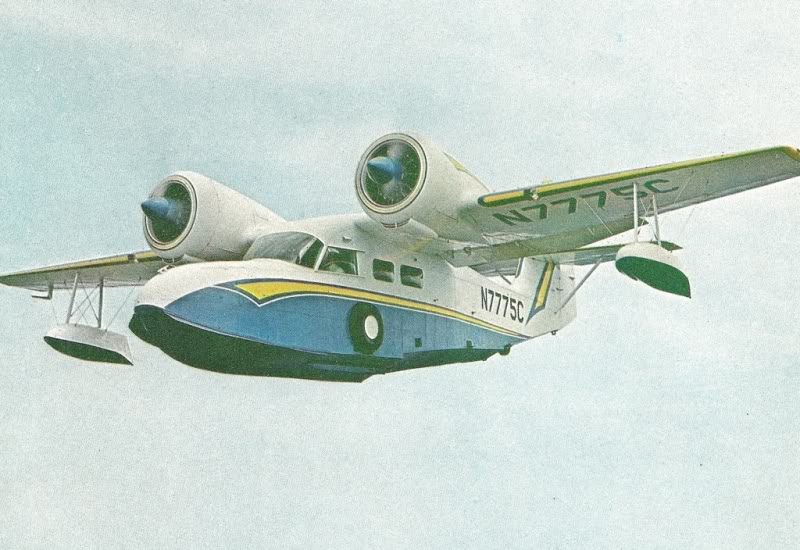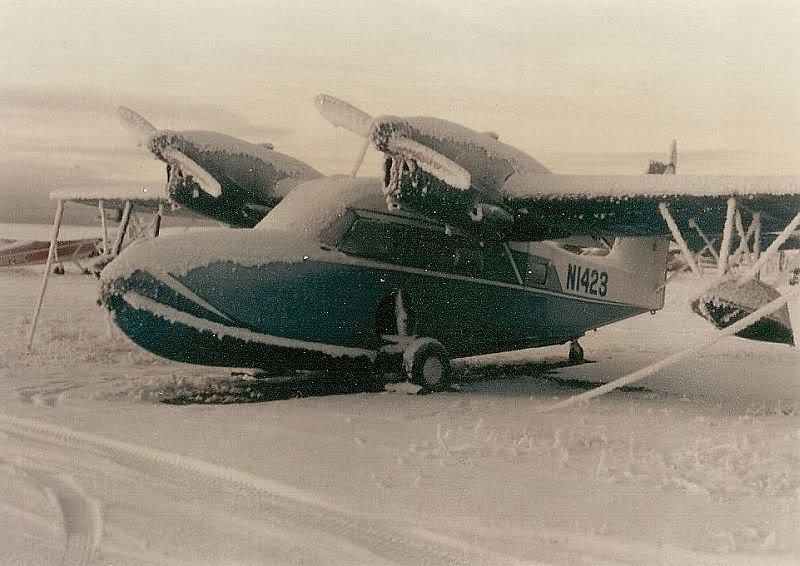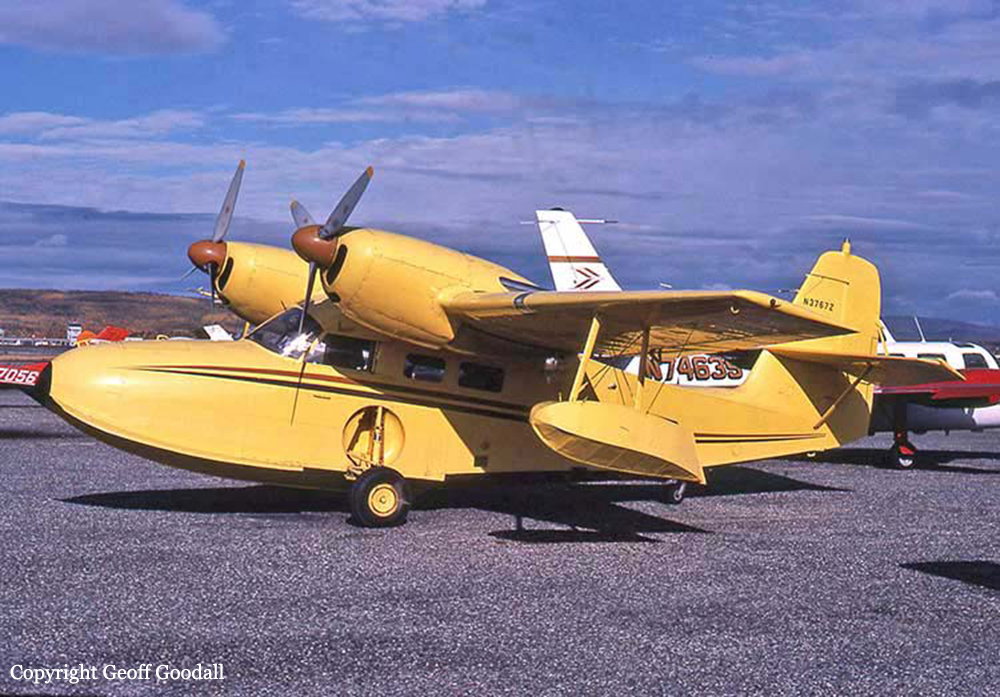Crash of a Cessna 421C Golden Eagle III in Centerton
Date & Time:
Aug 16, 1983 at 0725 LT
Registration:
N386G
Survivors:
Yes
Schedule:
Indianapolis - Washington
MSN:
421C-0251
YOM:
1977
Crew on board:
1
Crew fatalities:
Pax on board:
7
Pax fatalities:
Other fatalities:
Total fatalities:
0
Captain / Total hours on type:
97.00
Aircraft flight hours:
1484
Circumstances:
The pilot reported that during a climb after takeoff, he engaged the autopilot. While making an entry on a trip sheet, he felt a bump and noted that the aircraft had started to descend. He disengaged the autopilot and the nose pitched down violently. Reducing power had an adverse effect, so he increased power again. He finally leveled the aircraft just prior to impacting in a field at cruise power. The elevator trim tab cables were found to have been crossed between the tab actuator and the pulley in the tail cone. The tab was also found fully trimmed nose down. The aircraft had just been given an annual inspection during which the elevator trim actuator had been removed, inspected and lubricated. This was the first flight since the inspection. All eight occupants escaped with minor injuries.
Probable cause:
Occurrence #1: loss of control - in flight
Phase of operation: climb - to cruise
Findings
1. (c) flt control system, elevator trim/tab control - incorrect
2. (c) maintenance, installation - improper - company maintenance personnel
3. (f) aircraft handling - uncontrolled - pilot in command
----------
Occurrence #2: in flight collision with terrain/water
Phase of operation: other
Phase of operation: climb - to cruise
Findings
1. (c) flt control system, elevator trim/tab control - incorrect
2. (c) maintenance, installation - improper - company maintenance personnel
3. (f) aircraft handling - uncontrolled - pilot in command
----------
Occurrence #2: in flight collision with terrain/water
Phase of operation: other
Final Report:




